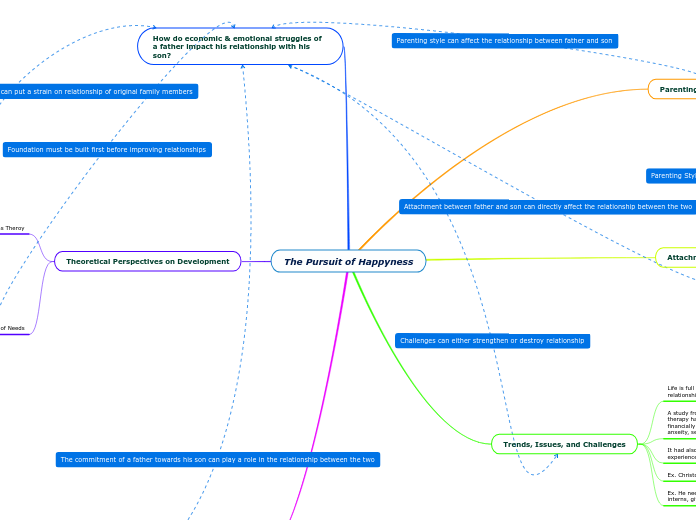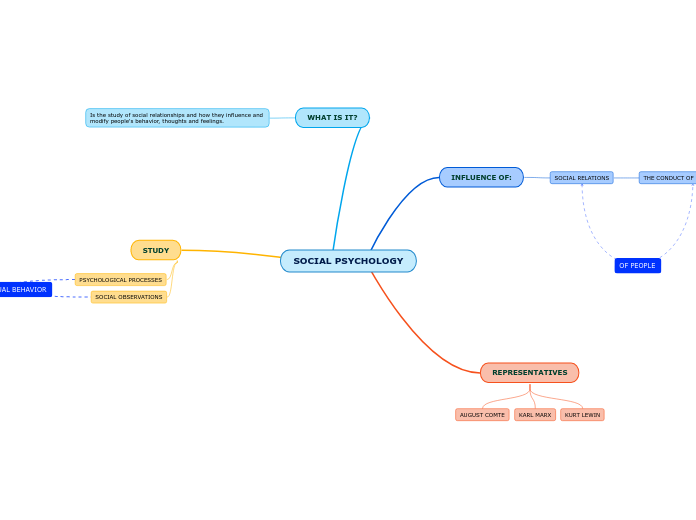Analyzing Millennials' Romantic Christmas Gift-Giving Intention Using Theory of Planned Behavior
Significance
Literature
TPB
gift-giving literature
consumer behavior literature
Practical
Researchers
Marketers
Retailers
Definition
Romantic Relationship
Millennials
Gift-giving
Subjective norm
Theory of Planned Behavior (TPB)
Nature of the Study
Data Analysis
Structural Equation Modeling (SEM) PLS-SEM
used in behavioral science
used in TPB
Data Collection
Collection Method
Why
ensure to reach the desired number of Millennials with preferred distribution
How
sample size
in a romantic relationship (screening question)
online questionnaire
Data
Secondary Data
Demographic characteristics
C7: Income level
C6: Education level
C5: Religion
C4: Race
C3: Marriage status
C2: Gender
C1: Age
Primary Data
GGB: whether giving a gift to the romantic partner on Christmas
GGI: the willingness of giving a gift to the romantic partner on Christmas
PBC4: capability to deliver
PBC3: capability to purchase
PBC2: capability to compare
PBC1: capability to source
SN3: friends and social media influence
SN2: family gift-giving tradition
SN1: partner expectations
Attitude
A3: attitude toward the current intimacy
A2: attitude toward gift-giving in romantic relationships
A1: attitude towards Christmas gift-giving tradition
Research Method
Research Design
Step 7: Data Analysis (PLS-SEM)
Step 6: data validity & reliability testing (Confirmatory Factor Analysis)
Step 5: data collection & data cleaning
Step 4: questionnaire distribution
Step 3: pilot study
Step 2: design the questionnaire
Step 1: define population, sampling method, & sample size
Analysis method
PLS-SEM
Sampling method
quota sampling
in a romantic relationship
age range requirement
sample size (formula)
population
Survey method
online questionnaire
Research Questions
Research Question 3: How does perceived behavioral control moderate the relationships of attitude to intention, subjective norm to intention, and intention to behavior, in the context of millennials' Christmas gift-giving for their romantic partners?
H3: Perceived behavioral control significantly moderates the relationships of attitude to intention, subjective norm to intention, and intention to behavior, in the context of millennials' Christmas gift-giving for romantic partners.
H0: Perceived behavioral control does not significantly moderate the relationships of attitude to intention, subjective norm to intention, and intention to behavior, in the context of millennials' Christmas gift-giving for romantic partners.
Research Question 2: How do subjective norms influence millennials’ intentions to buy Christmas gifts for their romantic partners?
H2: Subjective norms significantly influence millennials’ intentions to buy Christmas gifts for their romantic partners.
H0: Subjective norms do not significantly influence millennials’ intentions to buy Christmas gifts for their romantic partners.
Research Question 1: How do attitudes toward gift-giving influence millennials’ intentions to buy Christmas gifts for their romantic partners?
H1: Attitudes toward gift-giving significantly influence millennials’ intentions to buy Christmas gifts for their romantic partners.
H0: Attitudes toward gift-giving do not significantly influence millennials’ intentions to buy Christmas gifts for their romantic partners.
Theoretical Framework: Theory of Planned Behavior
Behavior
gift-giving behavior
Intention
gift-giving intention
Perceived behavioral control
Subjective Norms
Attitude toward the behavior
Purpose
The purpose of this quantitative structural equation modeling study is to use the theory of planned behavior framework to analyze the factors that affect on millennial's Christmas gift-giving intentions for their romantic partners in the U.S.
Problem
The research problem is to investigate the factors influencing millennials' intentions to give Christmas gifts to their romantic partners, focusing on how attitude toward the behavior, subjective norm, and perceived behavioral control impact to the intention with the framework of the theory of planned behavior.
Background
Gift-Giving Context
target population
GAP: millennials
giver-recipient relationship
GAP: giver-receiver relationship ->Romantic
gifting occassion
GAP: occasion->Christmas
Theoretical Perspective
theory of planned behavior (TPB)
GAP: commonly used in consumer behavior in marketing domain but not much in gift-giving literature yet









